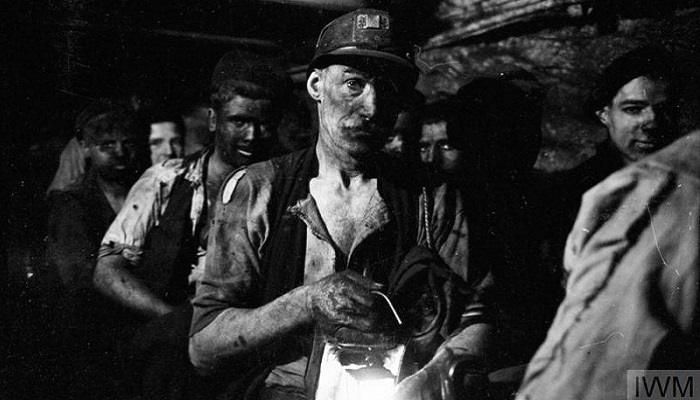
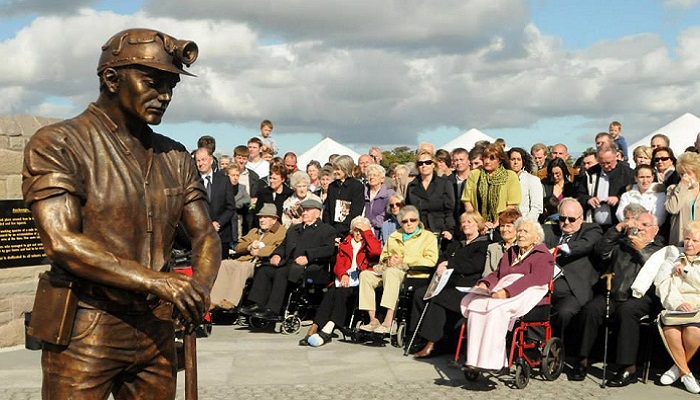
Growing up in a mining community
Life and death in communities centred around coal.
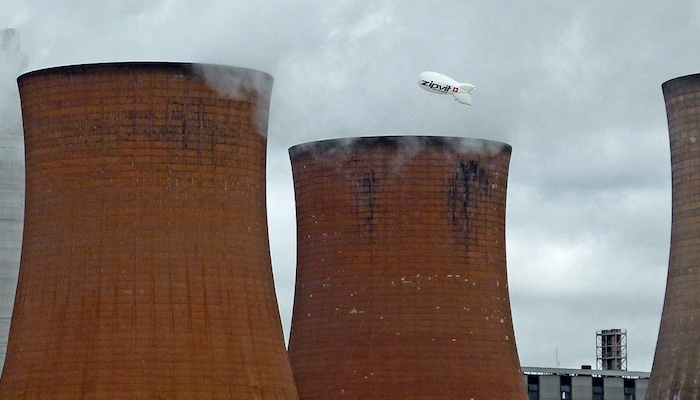
'Brick Assyrian temples'
After the Second World War, Britain’s new nationalised electricity industry concentrated production into a small number of giant new coal-fired power stations.
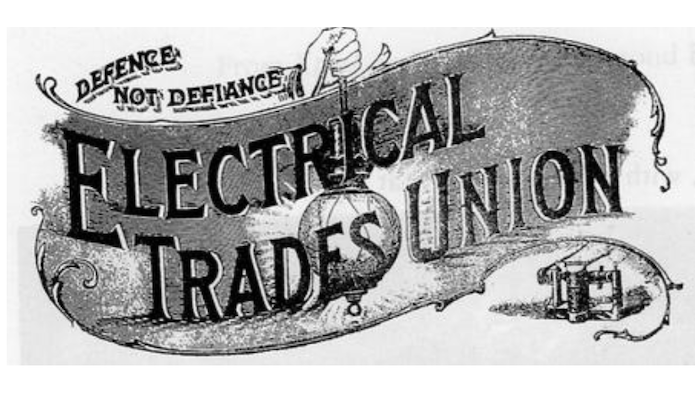
When the lights went off
In December 1970 industrial action by over 100,000 British electricity workers plunged the country into rolling darkness.
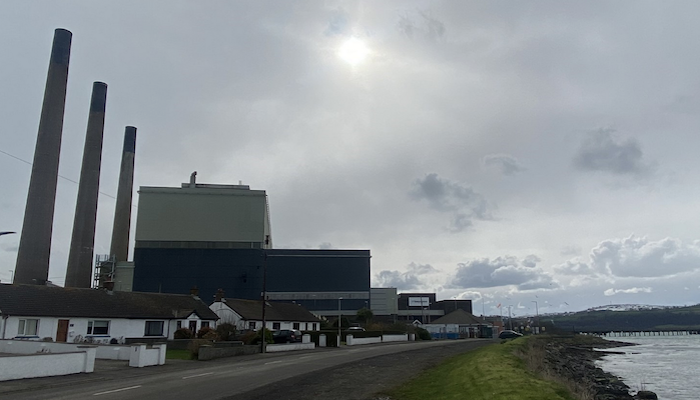
Northern Ireland
The history of electricity in Northern Ireland includes the impact of the conflict in the 1970s but also reveals alignments between politicians from opposing sides of constitutional politics.
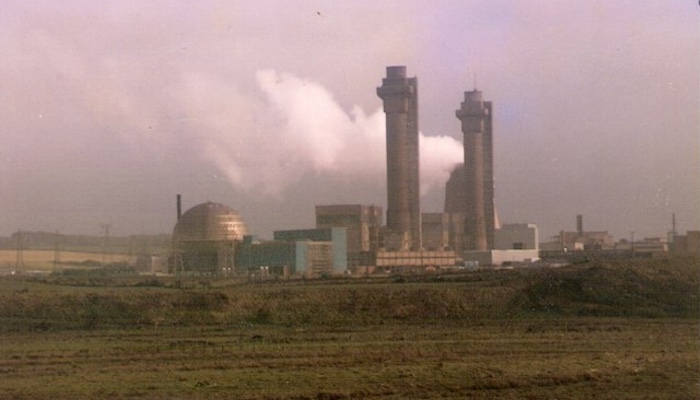
Working in nuclear: West Cumbria
The beginnings of the British nuclear project in the late 1940s intertwined the military industrial complex with hopes for a new powerful energy source
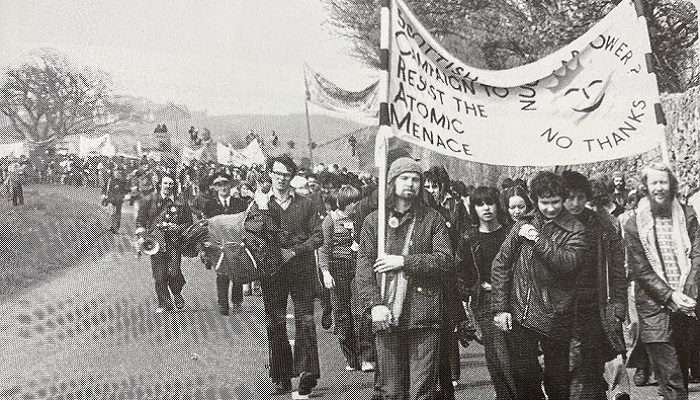
Opposing nuclear power
Why and how people campaigned against nuclear power stations.
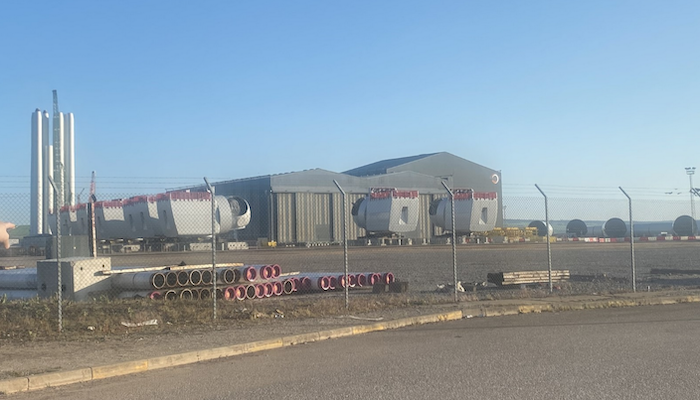
Building rigs at Nigg
The quiet village of Nigg on the Cromarty Firth became the centre of a huge cutting edge industrial venture in the early 1970s.
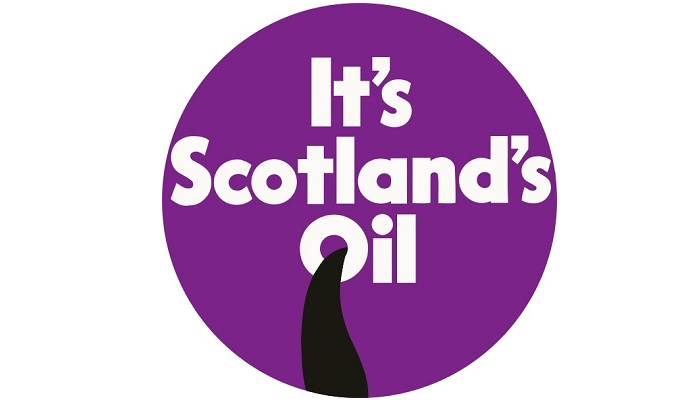
"It's Scotland's oil"
The political repercussions of the exploitation of North Sea oil.
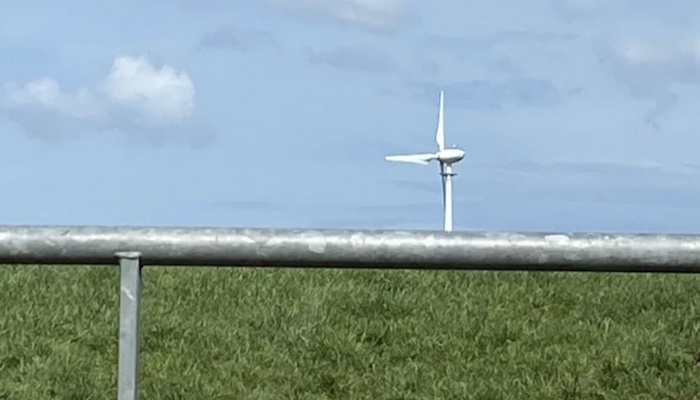
Welsh farmers against nuclear development
In the 2000s and 2010s, plans to build a new nuclear power station at Wylfa on the island of Ynys Mon/Anglesey in North Wales were opposed by local residents.
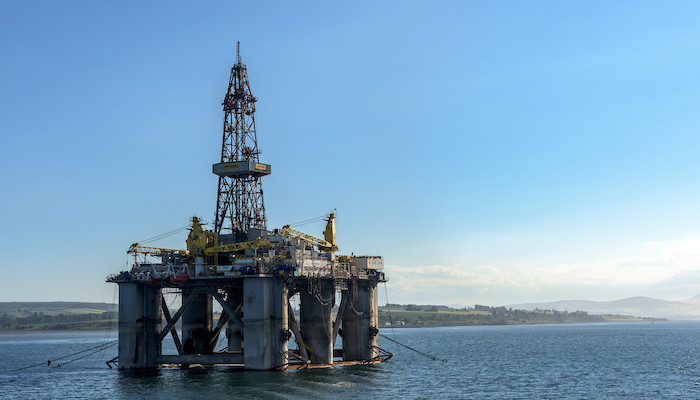
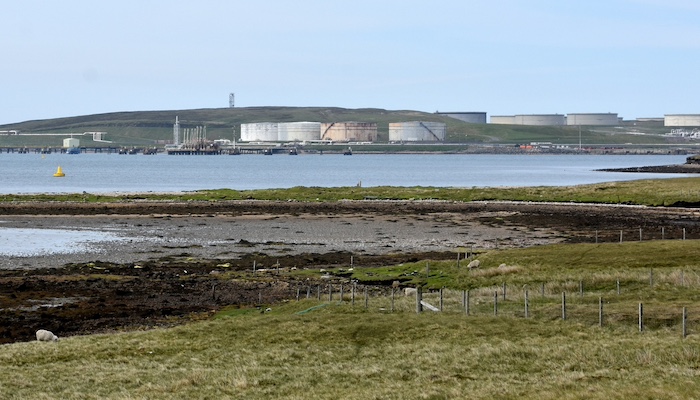
Shetland's oil transformation
The discovery of oil in the North Sea had big implications for the northern-most part of the United Kingdom, Shetland.
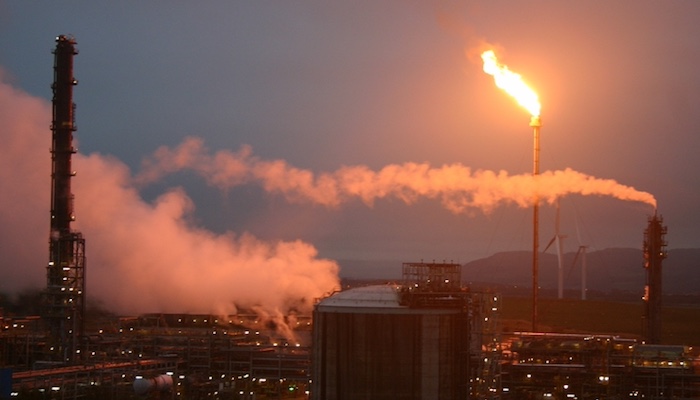
Petrochemical Fife
The Mossmorran complex was built during the late 1970s and 1980s after an extensive public inquiry following objections from local envirionmentalists, and is still the focus of protest by local activists.

Privatising electricity
Privatisation of electricty involved the comprehensive dismantling of an industry that had changed markedly since it was nationalised in 1948.
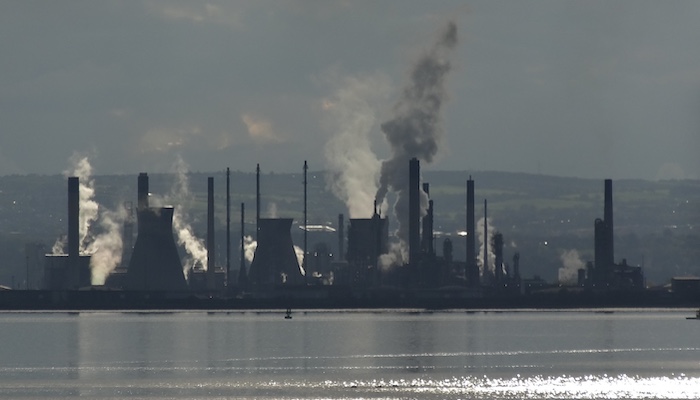
Closure of Grangemouth oil refinery
Grangemouth, Scotland's only oil refinery and its largest source of carbon emissions, is expected by 2025 and will impact on the local community.
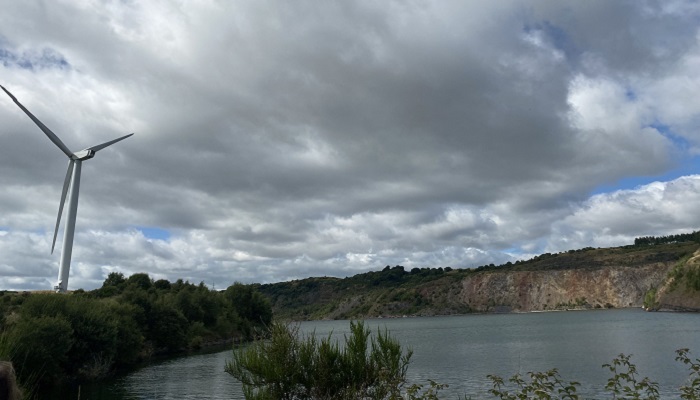
What is a 'just transition'?
The impacts on workers and communities in moving to new energy sources.

